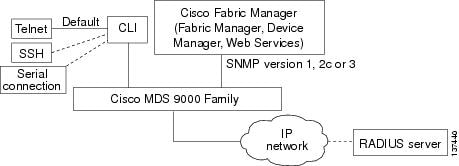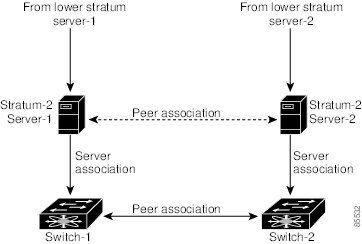Software Compatibility
The Cisco NX-OS software interoperates with Cisco products that run any variant of the Cisco IOS software. The Cisco NX-OS software also interoperates with any networking operating system that conforms to the IEEE and RFC compliance standards.
Modular Software Design
The Cisco NX-OS software supports distributed multithreaded processing on symmetric multiprocessors (SMPs), multi-core CPUs, and distributed data module processors. The Cisco NX-OS software offloads computationally intensive tasks, such as hardware table programming, to dedicated processors distributed across the data modules. The modular processes are created on demand, each in a separate protected memory space. Processes are started and system resources are allocated only when you enable a feature. A real-time preemptive scheduler helps to ensure the timely processing of critical functions.



 Feedback
Feedback